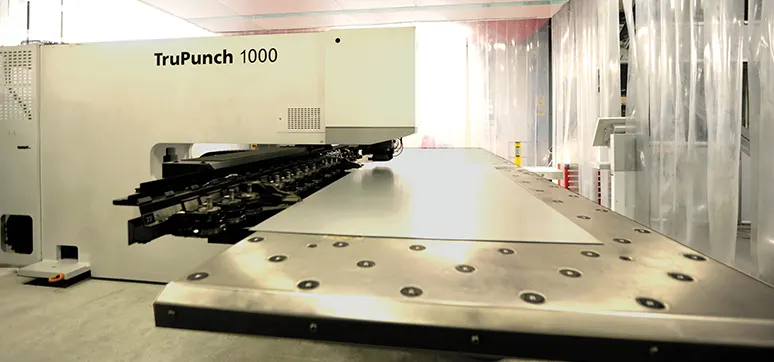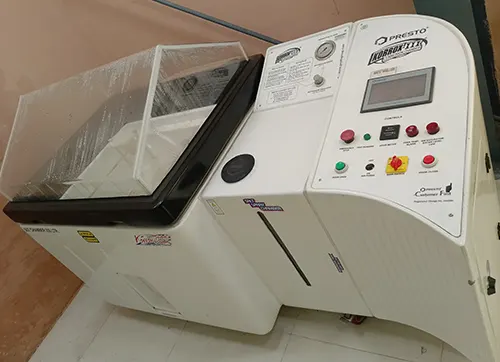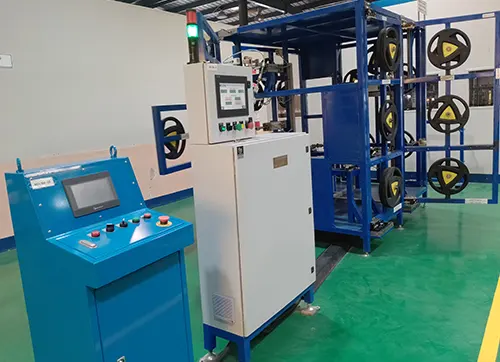When we look around, we are surrounded by fittings. Be it as evident as a door handle or as discreet as a cabinet hinge. We take it for granted that these products are built well and tested to ensure safe performance. You’ll be surprised to know that not many consumers know what they should look out for when purchasing a hardware fitting. For many years, consumers have been relying on ‘Brand Identity’ to make an informed decision about a product. Besides, not all brand products will be thoroughly examined as per required standards, simply because testing is expensive and demands a sophisticated circuit.
Why does Quality Matter?
The product needs to stay put for years to come – in longevity and functionality while assuring the utmost safety to the consumer. By far, it has become a necessity. Certain quality checks are meant to determine how efficiently a product is crafted. Organisations are now committed to improving customer satisfaction by manufacturing and supplying excellent products per agreed customer requirements. Along with this, on-time delivery and smooth experience contribute to customer retention in the future.

Moving further, quality is directly proportionate to the environment. The better the quality, the better the environment around you. Locally sourced materials emit fewer carbon emissions than one being sourced from thousand kilometres apart. Sticking to this phenomenon, organisations win consumers’ trust and maintain their Corporate Social Responsibility (CSR) simultaneously. Quality certifications such as EMS 14001:2015, OHSAS 45001:2018, and QMS 9001:2015 assist consumers in relying on a product’s quality. Carrying these certifications, the product assures you of rigorous testing, authorised distribution, longevity, and more.
Testing Cycle for Hardware Fittings
The hardware lifecycle begins at the onset of the fitting. It goes through at least six different processes before being declared fit for use.
The cycle namely consists of the following:

- Endurance
- Humidity
- Ultra-high temperature
- Ultra-low temperature
- Coating thickness
- Material testing
The critical parameters are inspected under the expert observation of the technically qualified engineers at the testing lab to ensure the best quality of products. Each product is required to complete this cycle in order to reach the packaging stage.
The purpose of the testing cycle:
- Ensures the reliability of the product
- Verifies and validates the product application in an intense condition
- To meet regulatory compliance and standards
- Real-time monitoring for any possible defect or deformity
- Accelerating time to market
- Evaluating product design or improvement specifications with the set parameters

The list goes on and can extend to a great length. Suffice to say that multiple elements provided and laid out here typically enter into a discussion paving the way for the nature of the product and its application.
The number of certifications would depend upon a variety of factors. For example, some are required by law while some by the trading region. And while tests are essential, the drive to create something new should be the end goal always.
Post-Covid Impact on the Hardware Industry
The focus has increased to broaden the R&D resources and create credibility in the market to reach more people. Strategically placed testing labs help to substantiate quality and the standard to be followed. This not only leads to healthy competition but also promotes powerful knowledge and insights for consumers.
Localised manufacturing is the need to keep the industry running while cutting down costs and pollution, without compromising on standards, quality and reliability.














